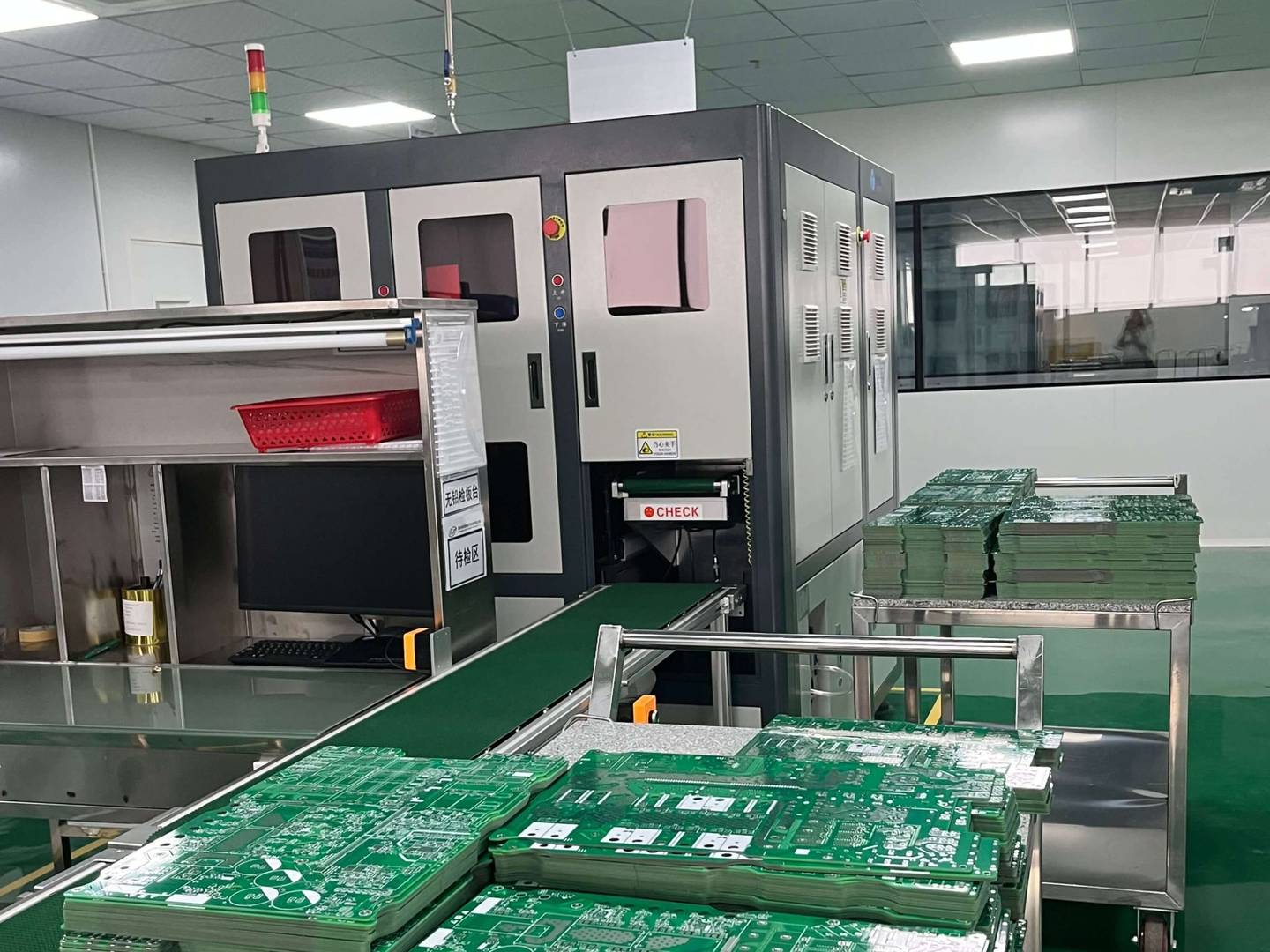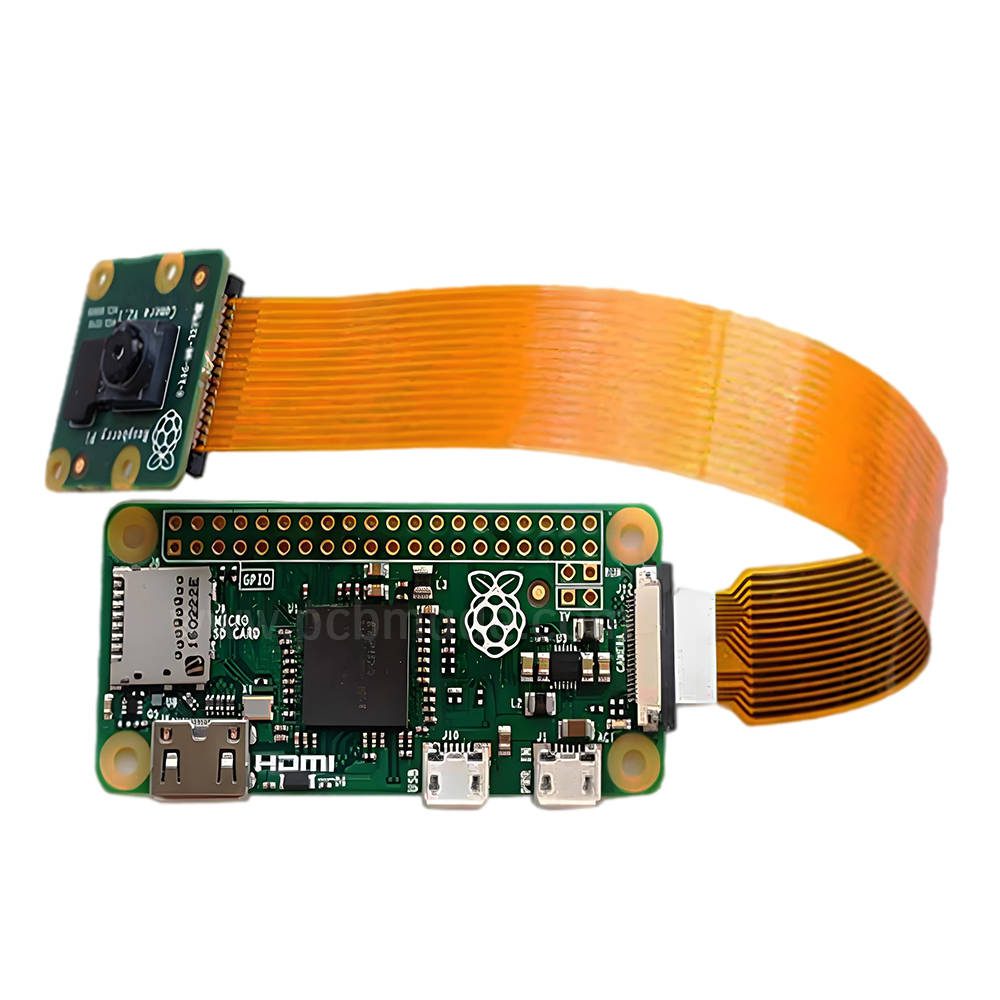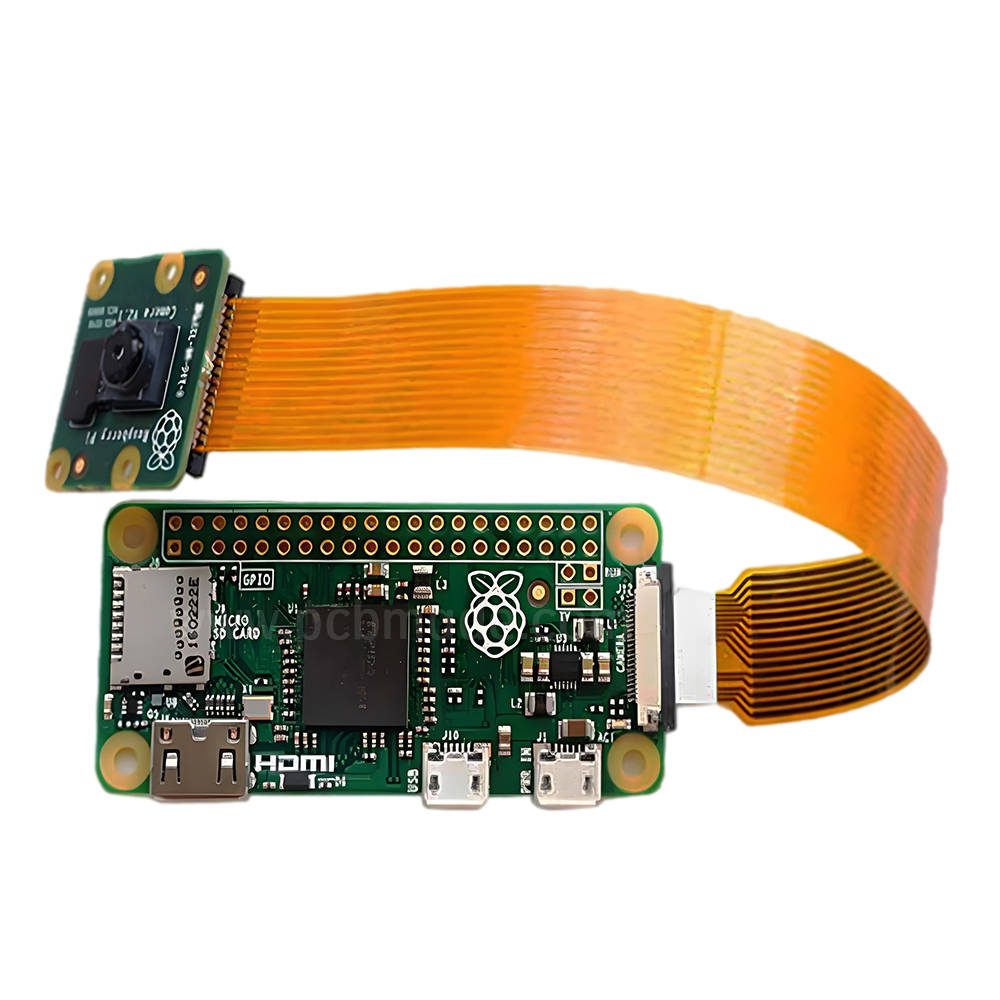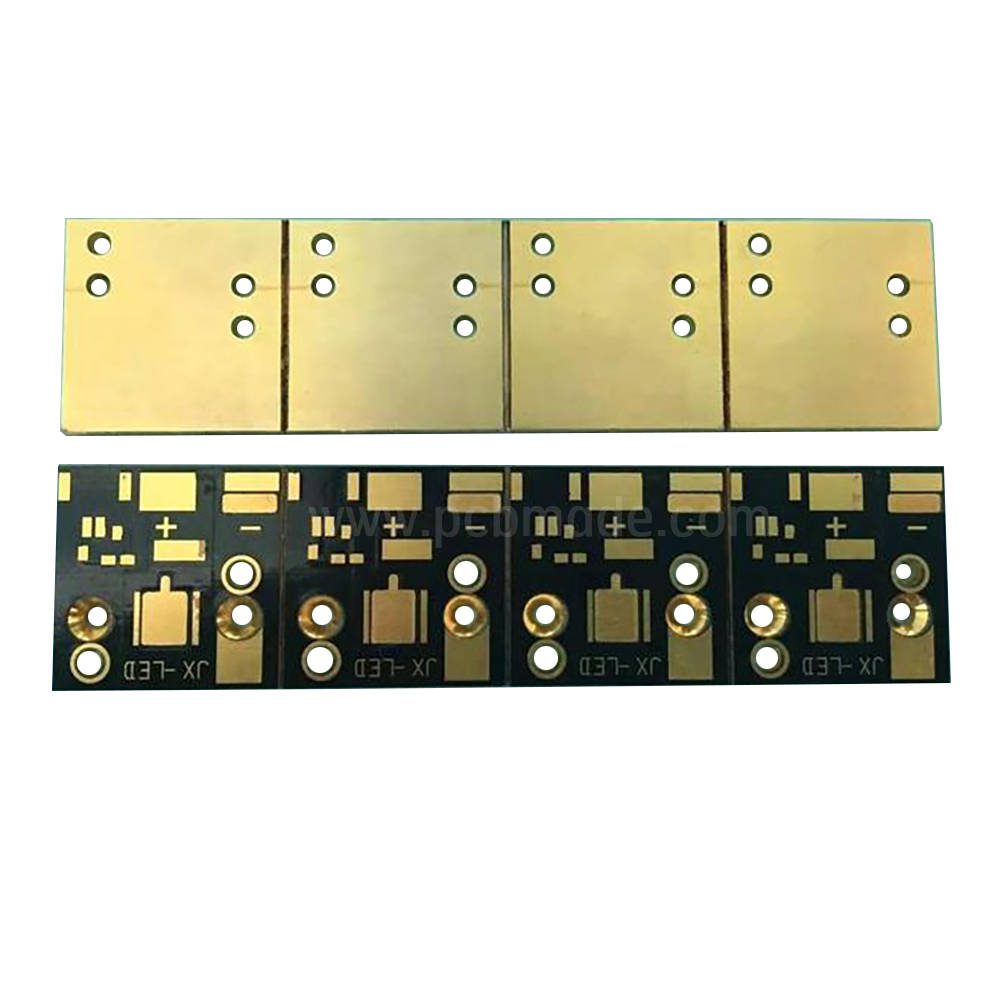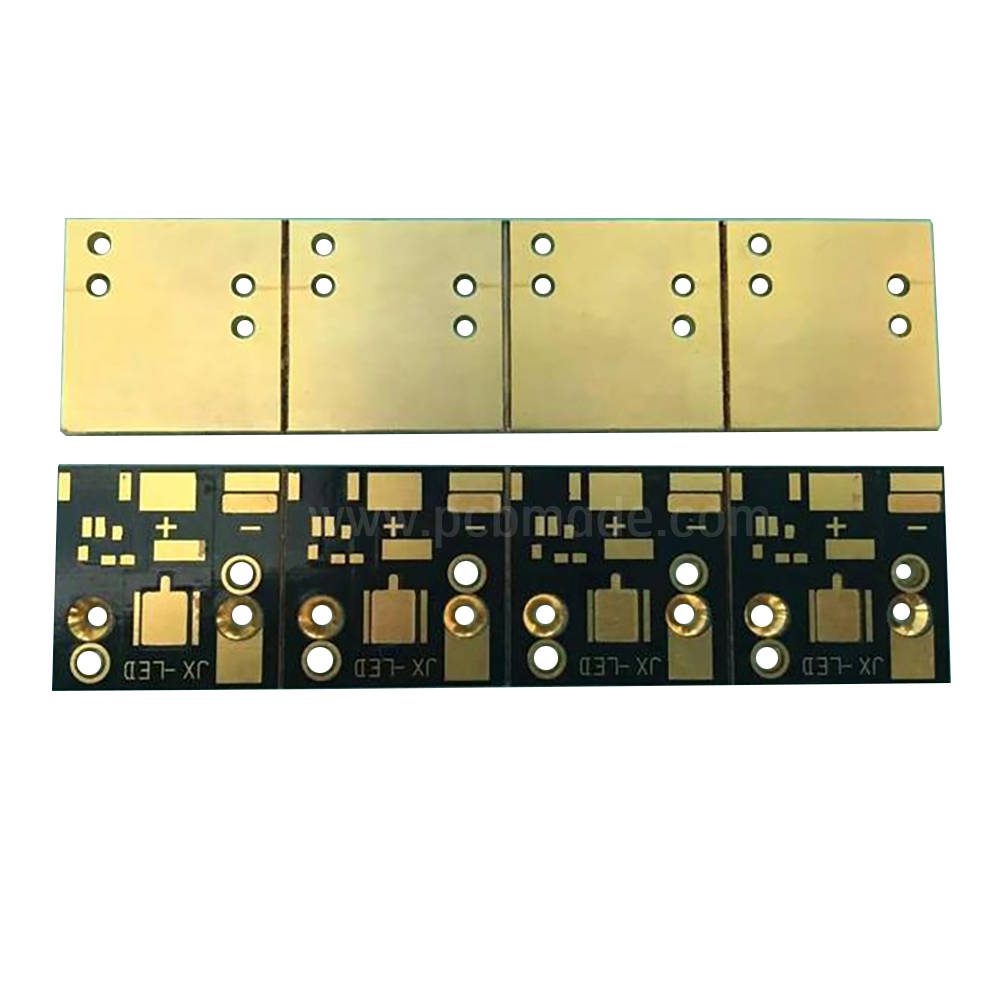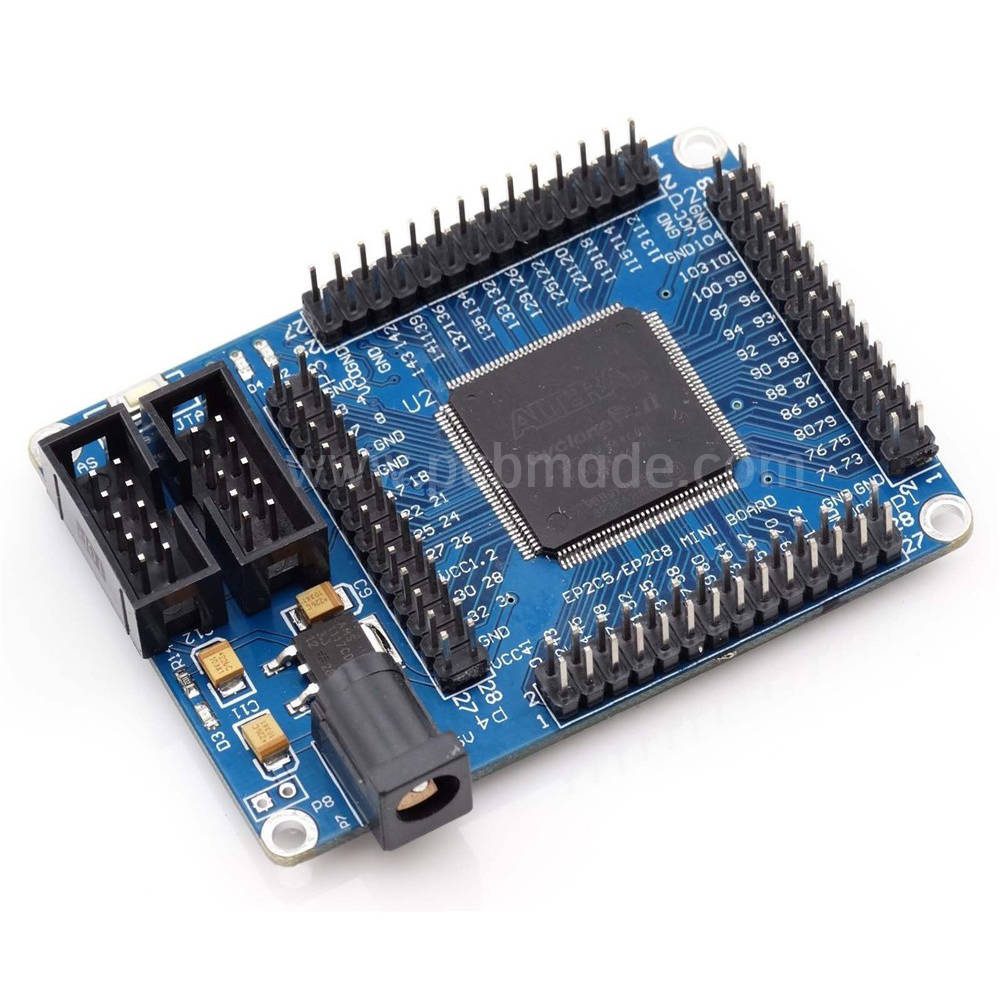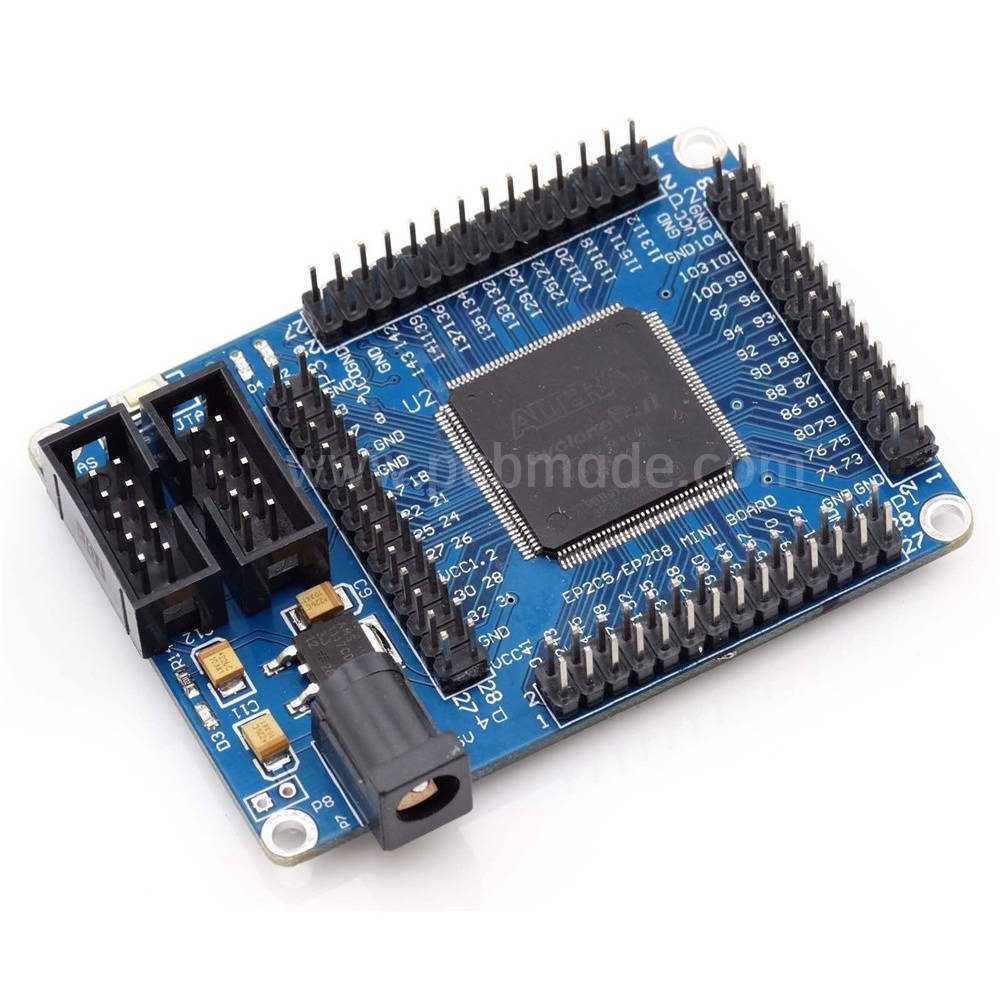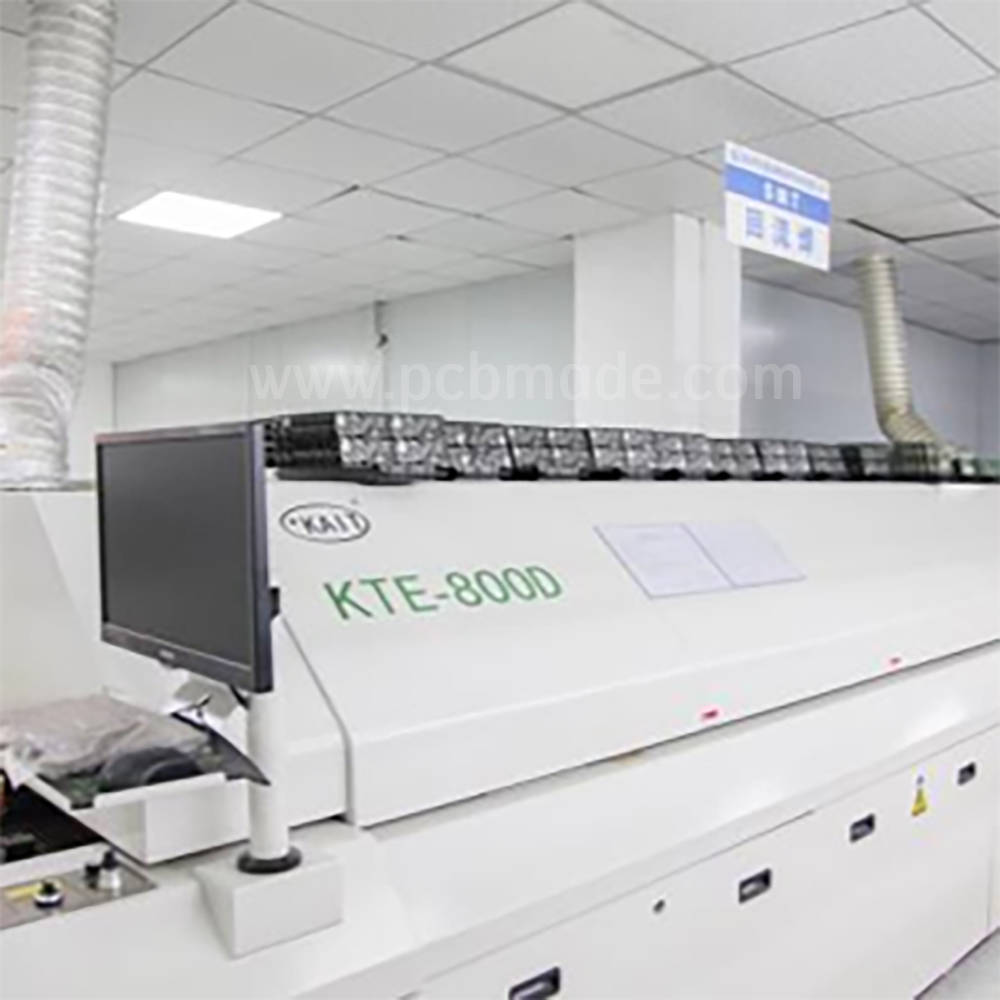The PCB mechanical layer plays a crucial role in the PCBA processing. As a specific level of PCB, the mechanical layer is used to define and describe the structural features and physical properties of the PCB. It not only helps ensure that the PCB matches the physical requirements of the equipment, but also provides critical guidance and support for the assembly process.
Firstly, the PCB mechanical layer is used to define the shape and dimensions of the PCB. In PCB design, mechanical layers are typically used to draw the boundaries or contours of the PCB. This helps ensure that the PCB adapts to the physical space requirements of the equipment and coordinates with other components and devices.
Secondly, the mechanical layer is also used to define the mechanical characteristics of the PCB. Through the mechanical layer, the stiffness, bending strength, and other mechanical properties of the PCB can be determined. This is crucial for ensuring the structural strength and reliability of PCBs during assembly and practical applications.
In addition, the mechanical layer provides key features and functions for the assembly and installation of PCBs. It can define fixed points, holes, and other mechanical features on the PCB to facilitate PCB assembly and fixation. For example, the mechanical layer can specify the positions and dimensions for installing screw holes, patch or plug-in connectors, as well as the fixing points for supporting structures and heat sinks.
PCB mechanical layers have a wide range of applications in different fields and applications. Mechanical layers are widely used in various PCB designs to ensure that the PCB matches the physical requirements of the equipment. Especially in complex electronic devices, the design and use of mechanical layers are more important. For example, in a computer motherboard, the mechanical layer is used to define the shape, size, and mounting holes of the motherboard to ensure compatibility with the computer’s chassis and other components. In the field of automotive electronics, the mechanical layer is used to define the shape, size, and installation characteristics of onboard electronic devices to adapt to the structure and requirements of the vehicle.
In summary, the PCB mechanical layer plays a crucial role in the PCB assembly process. It defines the shape, size, and mechanical characteristics of PCBs, and provides key features and functions for PCB assembly and installation. The correct mechanical layer design is crucial for ensuring that the PCB matches the physical requirements of the equipment, improving structural strength and reliability. In the PCB design process, designers need to fully consider the requirements of the mechanical layer and coordinate with other PCB layers (such as circuit layers and solder layers) to achieve optimal design and functional performance.


